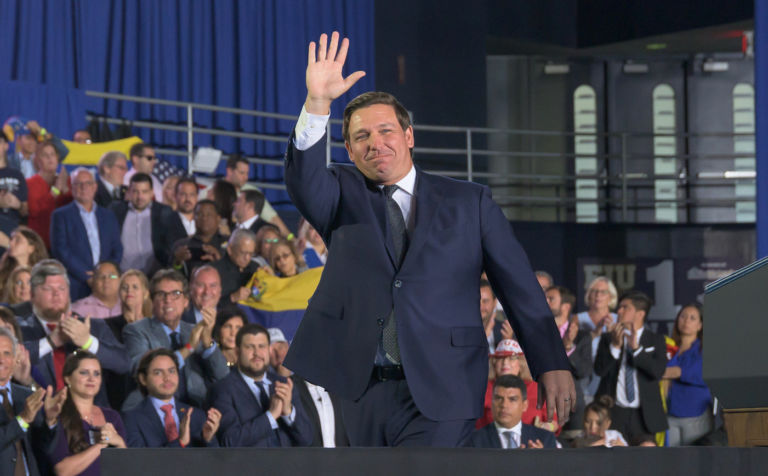Stanford medical professor Jay Bhattacharya, a lead signer of the Great Barrington Declaration, offers Imprimis readers a strategy for fighting COVID-19 that differs from ideas popular within the political class.
The widespread lockdowns that have been adopted in response to COVID are unprecedented—lockdowns have never before been tried as a method of disease control. Nor were these lockdowns part of the original plan. The initial rationale for lockdowns was that slowing the spread of the disease would prevent hospitals from being overwhelmed. It became clear before long that this was not a worry: in the U.S. and in most of the world, hospitals were never at risk of being overwhelmed. Yet the lockdowns were kept in place, and this is turning out to have deadly effects.
Those who dare to talk about the tremendous economic harms that have followed from the lockdowns are accused of heartlessness. Economic considerations are nothing compared to saving lives, they are told. So I’m not going to talk about the economic effects—I’m going to talk about the deadly effects on health, beginning with the fact that the U.N. has estimated that 130 million additional people will starve this year as a result of the economic damage resulting from the lockdowns.
In the last 20 years we’ve lifted one billion people worldwide out of poverty. This year we are reversing that progress to the extent—it bears repeating—that an estimated 130 million more people will starve.
Another result of the lockdowns is that people stopped bringing their children in for immunizations against diseases like diphtheria, pertussis (whooping cough), and polio, because they had been led to fear COVID more than they feared these more deadly diseases. This wasn’t only true in the U.S. Eighty million children worldwide are now at risk of these diseases. We had made substantial progress in slowing them down, but now they are going to come back.


